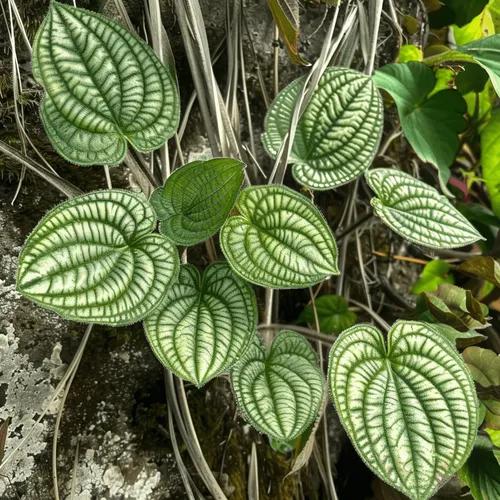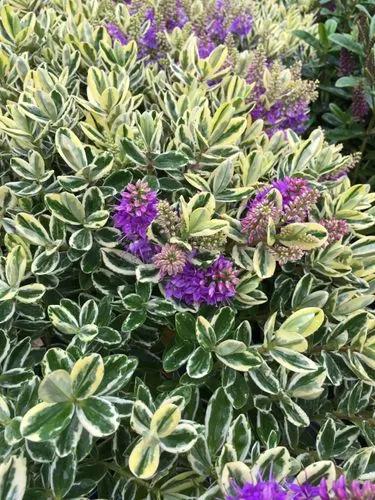Selaginella uncinata, the blue spikemoss, peacock moss, peacock spikemoss, or spring blue spikemoss, is a species of plant in the Selaginellaceae family. It is widely cultivated outdoors along the Gulf Coast and in greenhouses and nurseries.
Rainbow moss Care
Selaginella uncinata



As brilliantly iridescent as the colors of a peacock are the metallic bluish-green shades on peacock fern (Selaginella uncinata). Also commonly called "rainbow moss," this plant is neither a fern nor a moss, but it earns these descriptive names because of its appearance and growth habits. Other than its common names, you may also find Selaginella uncinata called "spike moss" or "club moss." Peacock fern has a mat-spreading habit with foliage that grows only a few inches high, with a typical spread up to 18 inches.
How to Care for the Plant

Water

Peacock fern is not a drought-tolerant plant. The soil should stay consistently moist, which means you may need to water your plant often during the extreme heat of summer. If you notice that your peacock fern is turning yellow, check to see if the soil is too dry.

Pruning

Rainbow moss doesn’t really need pruning. But you can trim it if you want to slow down spreading.

Fertilizer

When planted on rich, humus- or compost-enriched soil, peacock fern generally receives most of the nutrients it needs. When the warm temperatures in spring prompt new growth, fertilize with a water-soluble fertilizer that’s diluted to half-strength and do a second application in midsummer.

Sunlight

Peacock fern prospers in shady nooks and woodland gardens. It needs direct sun for no more than a couple of hours each day, and it can even flourish in full shade. A partial shade spot that works well is one that receives filtered sunlight through the overhead canopy of trees, providing much more shade than sun.

Soil

For healthy growth, grow peacock fern on soil that’s enriched with humus or other organic matter.

Propagation

It’s easy to propagate through stem cutting or division. Just cut a part of the plant with a stem node and place it in the soil, keeping it mildly moist. It won’t take more than a few weeks until the roots appear.

Temperature

The best temperature for these plants is 50°-75°F (10°-24°C),

Container

This plant can be grown in containers. Choose a pot with enough drainage holes. You can also grow rainbow moss as a hanging plant.

Popularity

289 people already have this plant 122 people have added this plant to their wishlists

Common pests

This moss isn’t very affected by pests. Spider mites or aphids can be a problem occasionally. Use neem oil or insecticidal soap to scare those off.

Frequent diseases

This plant is not known to be susceptible to diseases, but leaf spot can cause trouble sometimes. Prune and cut away affected leaves, apply neem oil or other fungicides, and avoid splashing water on the leaves throughout recovery.

Botanist’s tips

- For best results, water your plant with tepid, not cold water
- This plant is absolutely perfect for growing in a terrarium
Discover more plants with the list below
Popular articles






